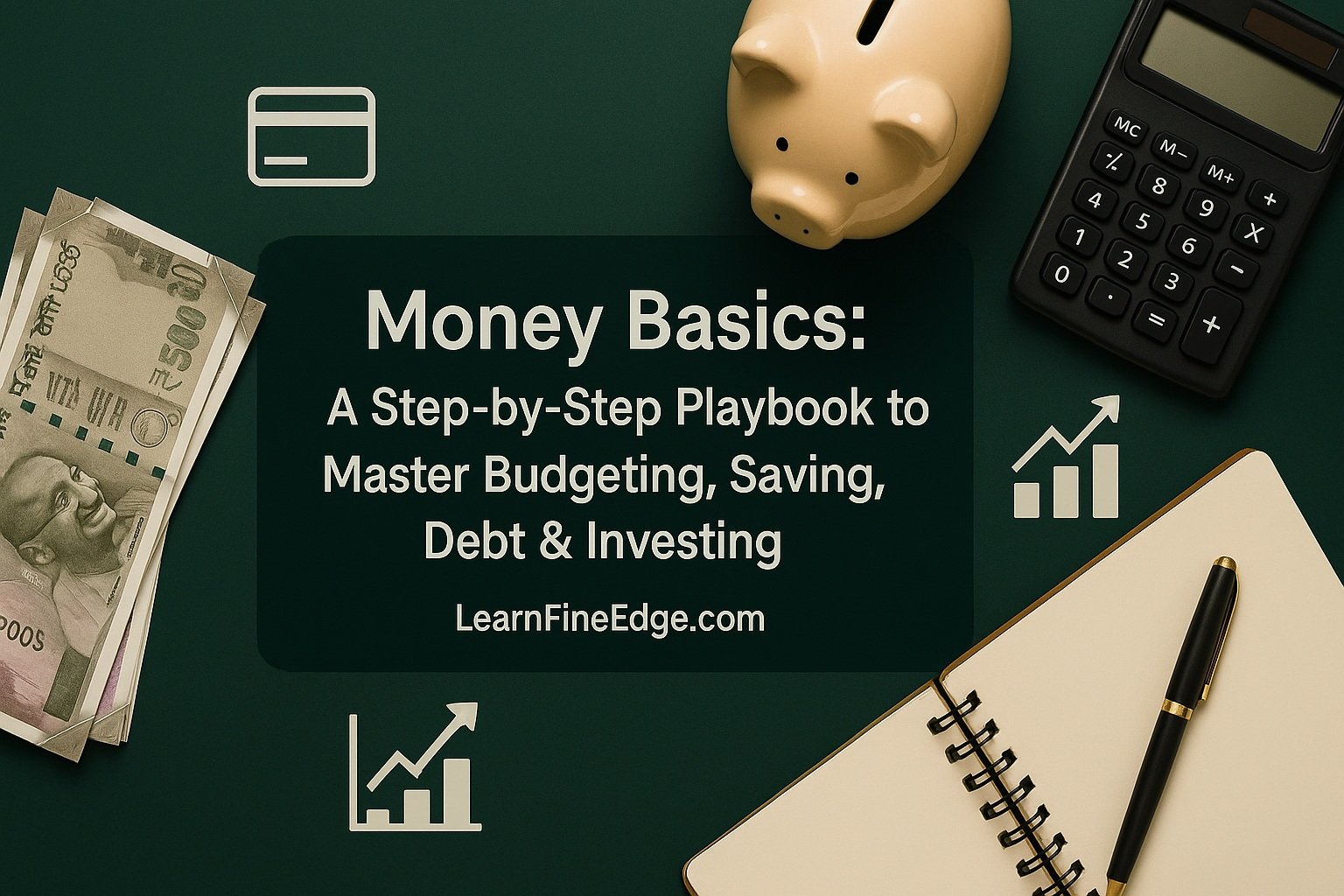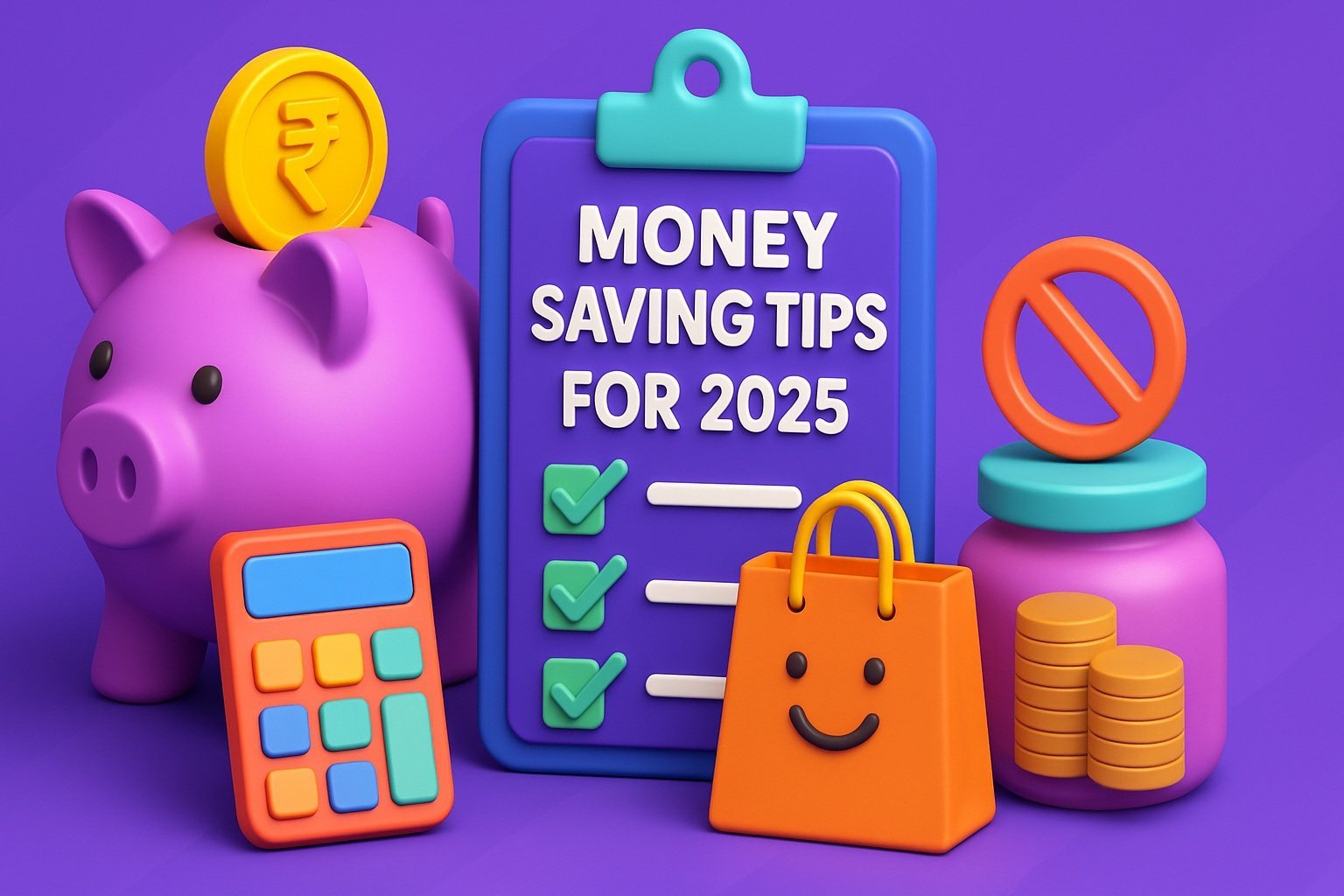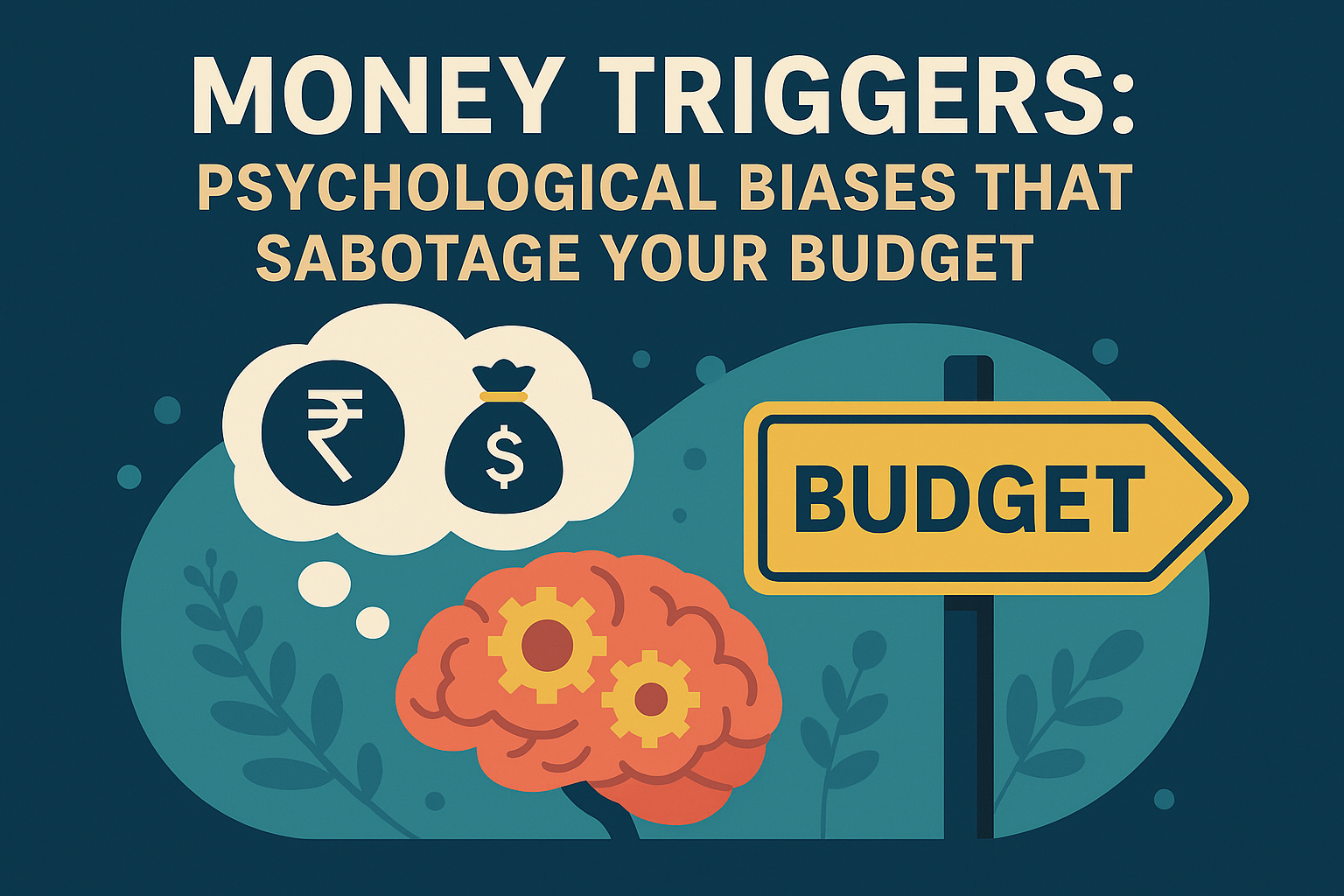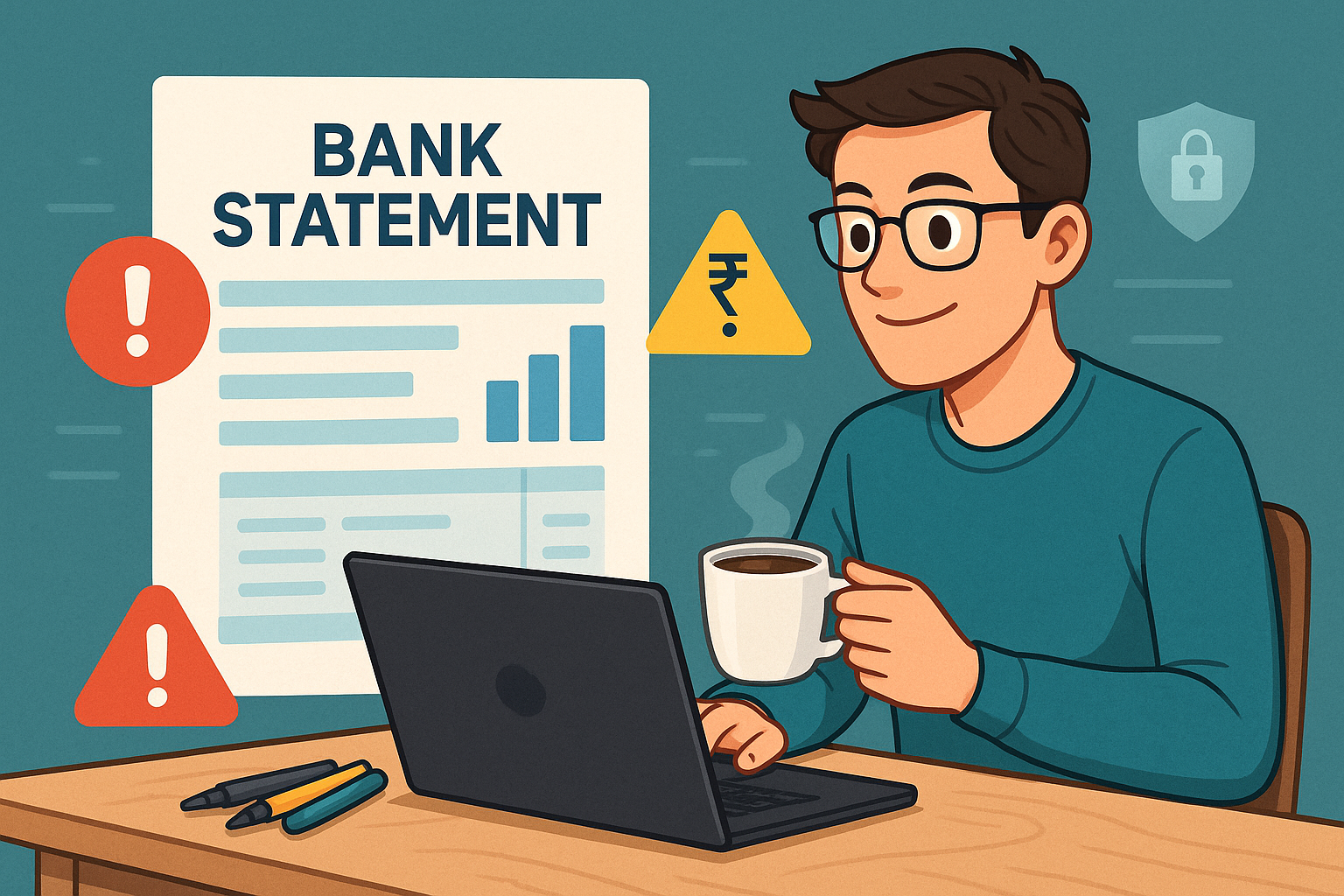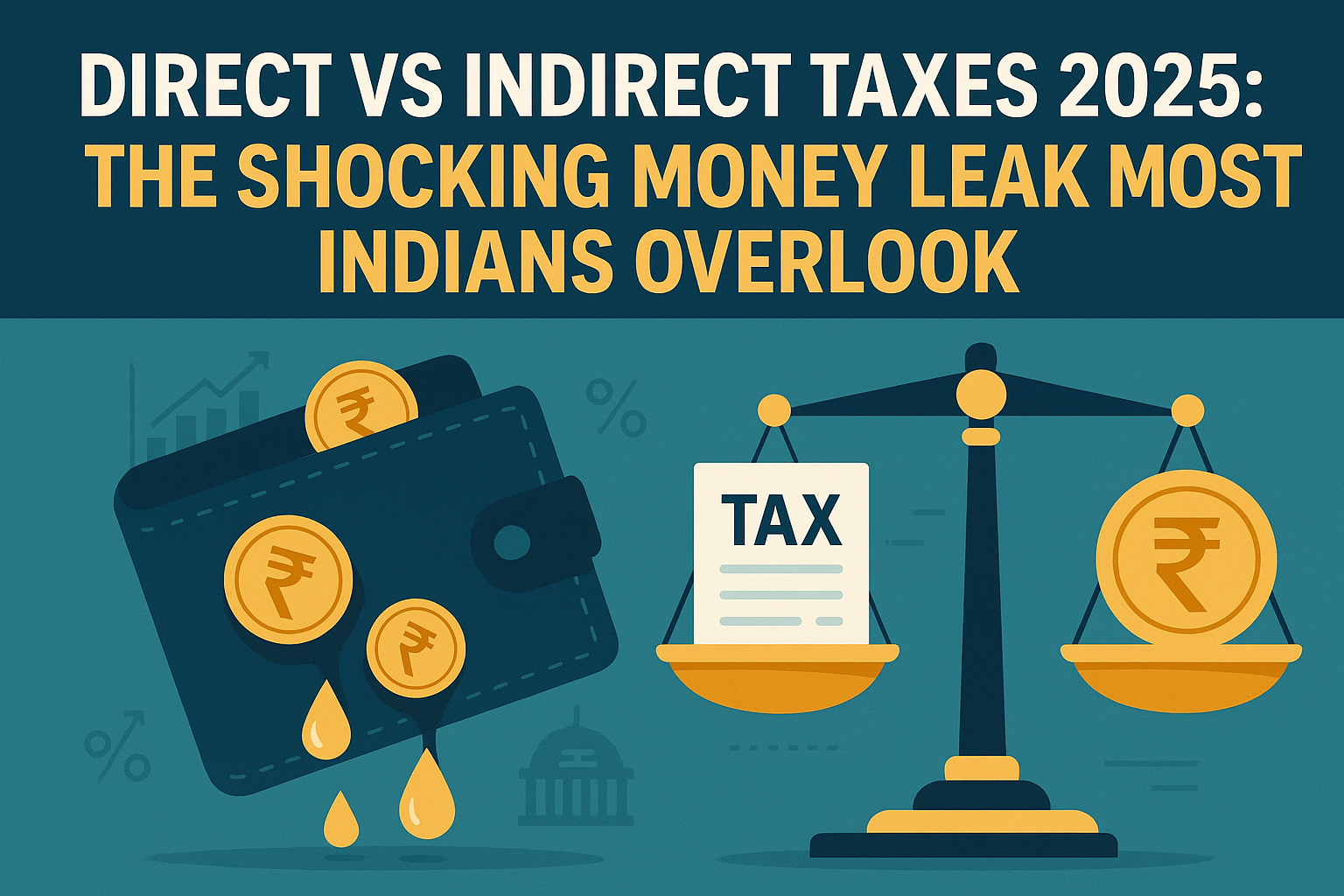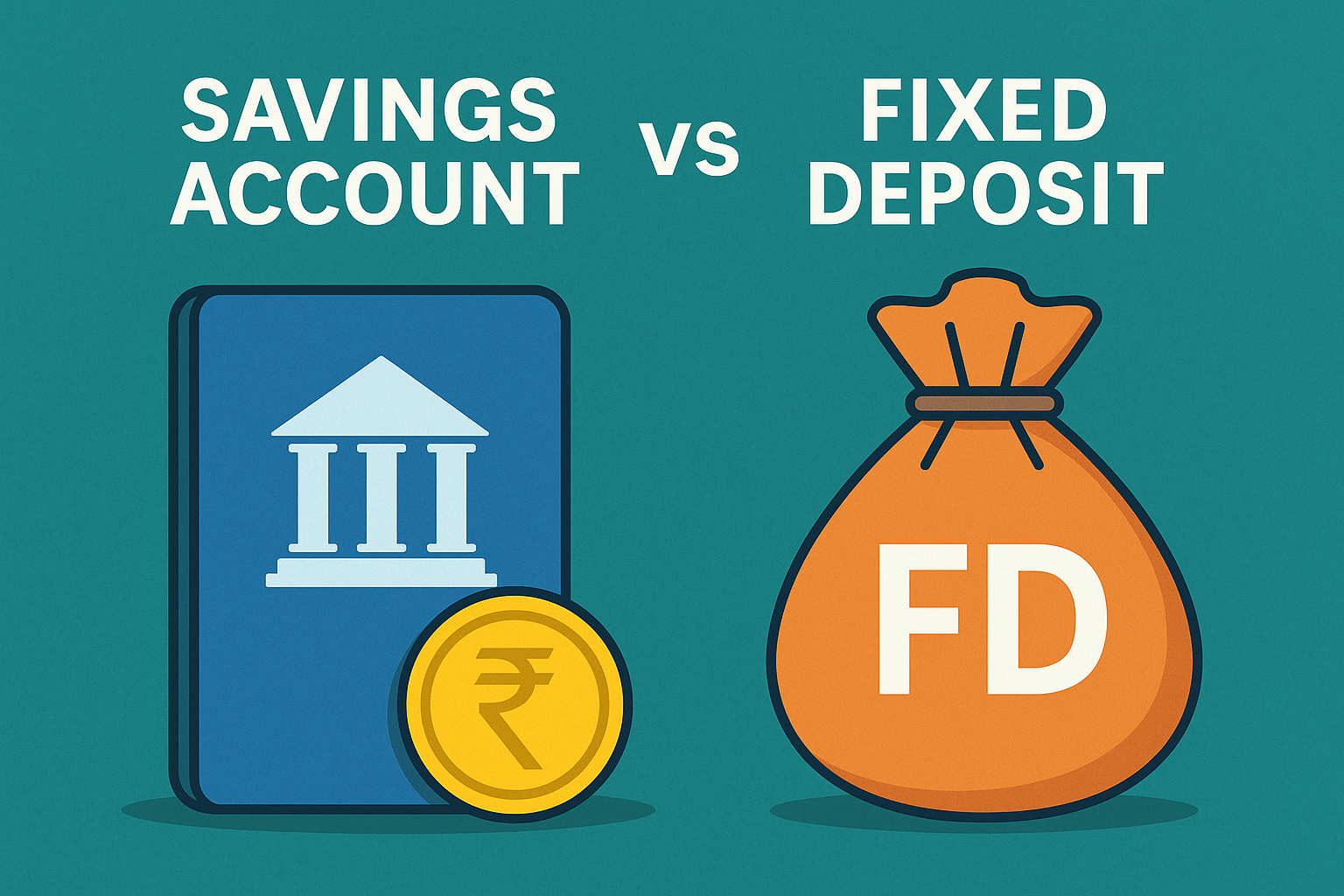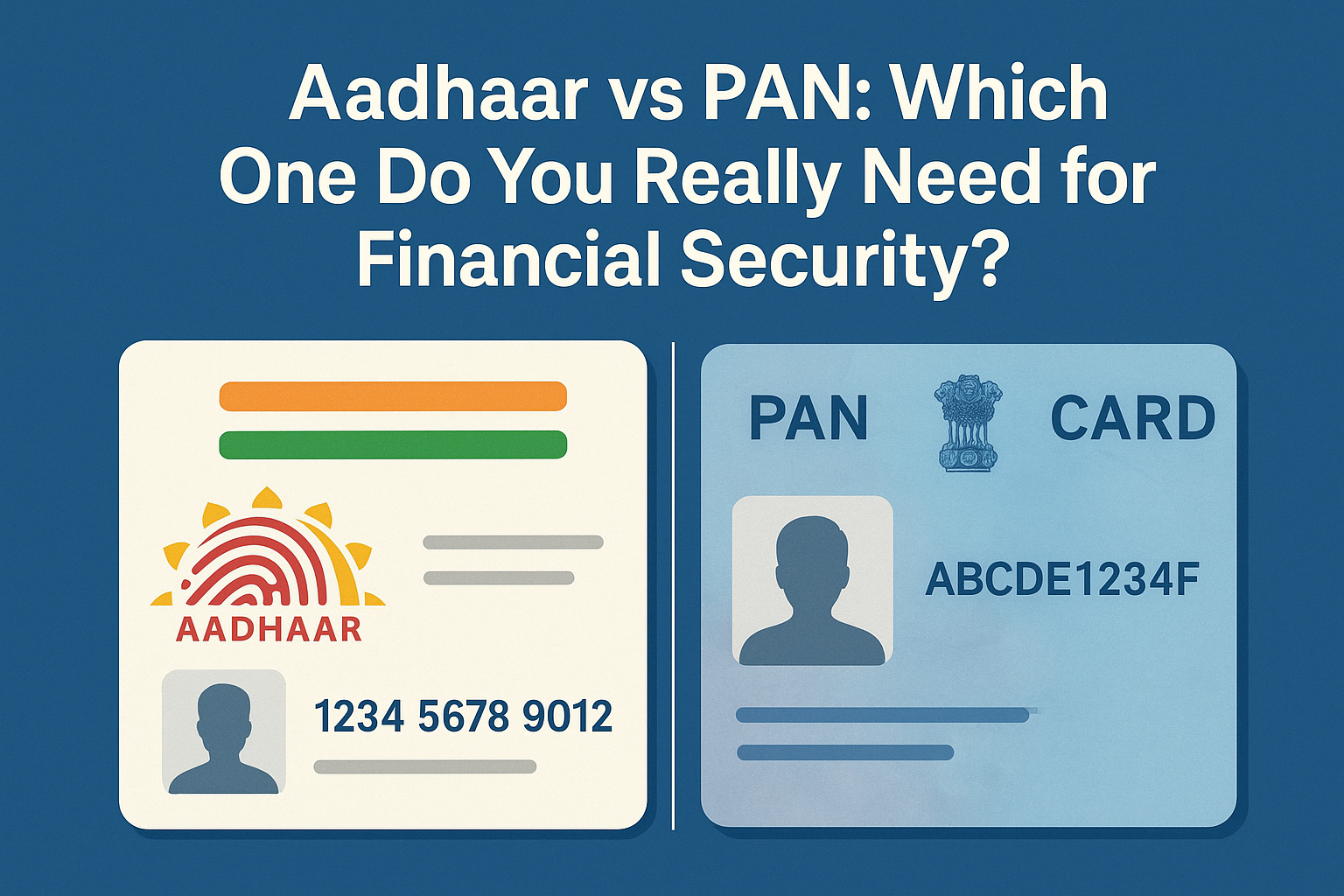
Save Money, Live Better: Proven Steps to Stretch Your Rupee and Boost Everyday Happiness
Imagine having a little extra cash each month without turning your life upside down. That’s the idea behind “save money, live better”. It isn’t about clipping every coupon or counting pennies until you’re miserable. It’s about smart, low-friction moves that gradually free up funds for things you truly care about, whether that’s a weekend getaway, a stress-free emergency buffer, or simply the peace of mind that comes from knowing you’re in control. In the following sections, you’ll find practical tactics you can start today, each designed to tuck more dollars into your pocket while boosting your overall well-being.
What Does “Save Money, Live Better” Really Mean?
At its core, “save money, live better” is a philosophy that ties financial savvy to real-life happiness. Rather than treating saving as a chore, it reframes your budget as a tool for enhancing daily experiences. When you shift from hoarding every cent to strategically redirecting your spending, you’ll start seeing your money work harder for you.
First, it’s about prioritising identifying what brings you genuine joy and what simply drains your wallet. Maybe you love trying new recipes at home instead of ordering takeout, or perhaps you find value in a library membership over another streaming subscription. Making those small, intentional choices adds up quickly.
Next, it focuses on simplicity. Complex budgets with dozens of categories can feel overwhelming. Instead, a few core rules, like automating transfers to savings or negotiating recurring bills, create a frictionless system that operates in the background. You don’t have to constantly track every expense; you set it up once and watch the savings grow.
Finally, the concept emphasises balance. Cutting costs is important, but it shouldn’t come at the expense of your quality of life. The goal is to free up resources for the things that matter, whether that’s investing in your health, exploring a hobby, or building a stress-free cushion. By aligning your spending with what truly enriches your life, you’ll find that saving money doesn’t feel like a sacrifice but rather like smart living.
Quick Diagnostic: Are You Spending for Value or Habit?
Before you can optimise your budget, it helps to know which expenses truly enrich your life and which ones you’re simply doing out of routine. Start by gathering your last month’s statements and listing all your recurring and discretionary charges. Then, for each line item, ask yourself two simple questions: “Does this expense deliver real joy or benefit?” and “Am I doing this because it feels automatic?”
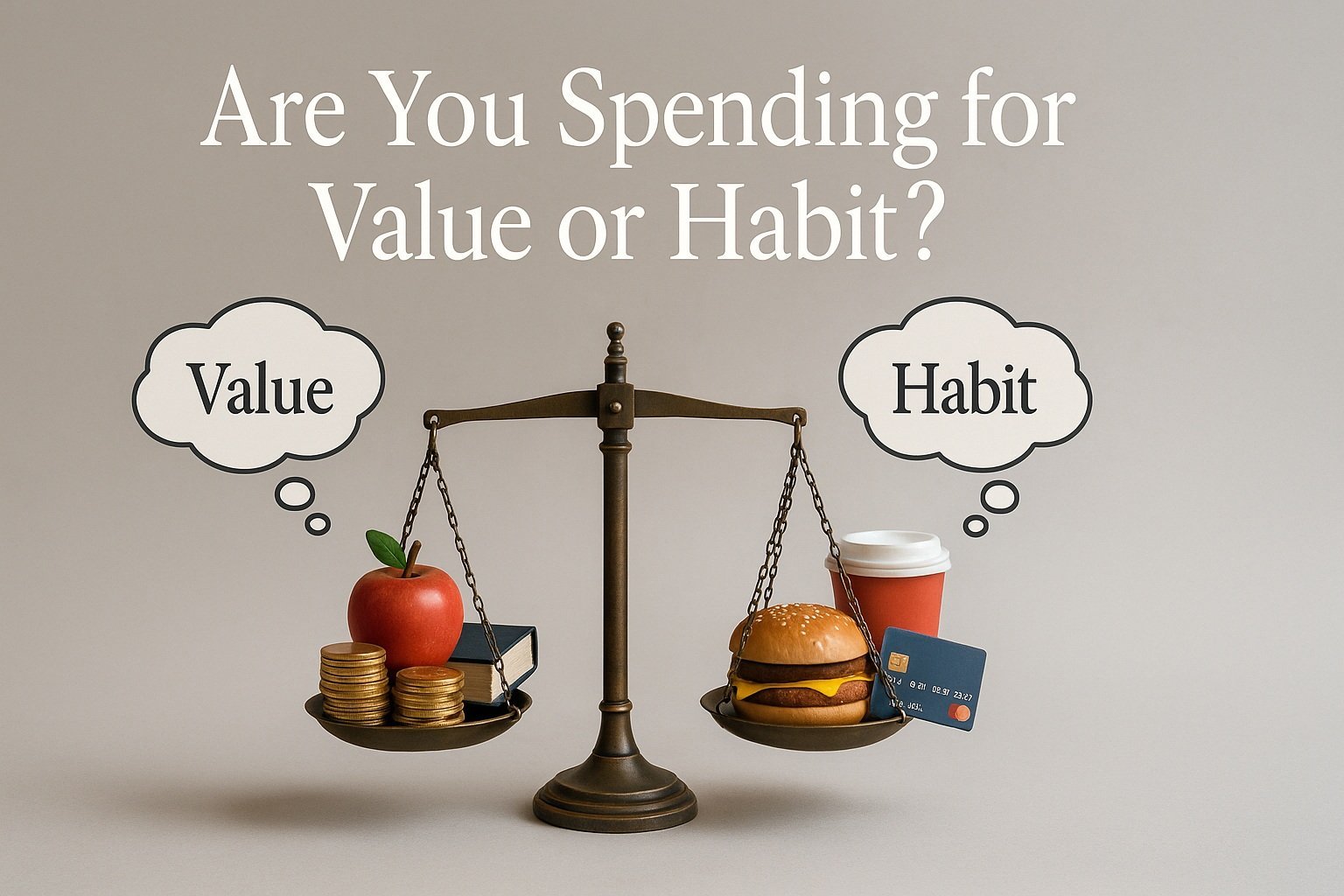
Here’s a quick exercise you can follow:
-
List Your Top 10 Expenses
Pull out the ten items you spend the most on; this could be your rent or mortgage, subscriptions, dining out, groceries, rideshares, or streaming services. -
Rate Each for Value
On a scale from one (minimal benefit) to five (essential or highly enjoyable), rate how much each item improves your daily life. -
Flag Habitual Spending
Mark anything you do “just because”, for instance, mindless app purchases, daily coffee runs on autopilot, or subscriptions you forgot you had. -
Compare and Decide
Look at the items that scored low on value but high on habit. These are prime candidates for trimming or elimination.Expense Monthly Cost Value Rating (1–5) Habitual? (Yes/No) Gym Membership $45 4 No Streaming Service A $12 2 Yes Daily Coffee $75 3 Yes Grocery Delivery Fee $20 1 Yes
Once you’ve completed this diagnostic, you’ll immediately see which recurring charges are worth keeping and which ones you can adjust or cut out. This clarity paves the way for smarter, more intentional spending that fits both your budget and your lifestyle.
Step-by-Step Strategy to Save Money and Live Better
Let’s turn insights from your diagnostic into action with a few simple, low-friction tactics you can adopt this week.

1. Automate Your Savings
Set up a recurring transfer, ideally right after payday, from checking into a separate savings account. Treat it like any other bill: once it’s automated, you won’t miss the cash, and your emergency cushion grows without effort.
2. Renegotiate or Cancel Underused Subscriptions
Refer back to items you flagged as low-value habits. Call or chat with providers of streaming, fitness, or software services to ask for a better rate; many will offer a discount to keep you as a customer. If negotiation fails, pause or cancel.
3. Apply the 24-Hour Rule
Before any non-essential purchase over a modest threshold, say $25, wait 24 hours. That pause often turns impulse buys into “I don’t really need that,” saving you from buyer’s remorse.
4. Batch and Bulk Grocery Shopping
Create a meal plan for the week and consolidate your shopping into one trip. Buying staples in bulk cuts unit costs, and batching meal prep means fewer takeout temptations later in the week.
5. Leverage Cash-Back and Rewards Apps
Install a reputable cashback app and link your everyday debit or credit card. For the things you already plan to buy – groceries, prescriptions, and gas – you’ll earn a small rebate that adds up over time.
6. Schedule a Monthly “Money Date”
Once a month, spend 15 minutes reviewing your transactions, celebrating wins (like extra savings) and tweaking any lingering weak spots. A quick check keeps you engaged without turning budgeting into a chore.
| Strategy | Immediate Action |
|---|---|
| Automate Savings | Set up recurring transfers on payday |
| Negotiate Subscriptions | Contact providers for better rates |
| 24-Hour Rule | Delay purchases over $25 by one day |
| Bulk Grocery Buys | Plan meals and shop once weekly |
| Cash-Back Apps | Install and link your card today |
By layering these simple steps – automated saving, conscious spending, and periodic check-ins – you’ll steadily free up cash without the stress of micromanaging every dollar.
High-Impact Everyday Hacks
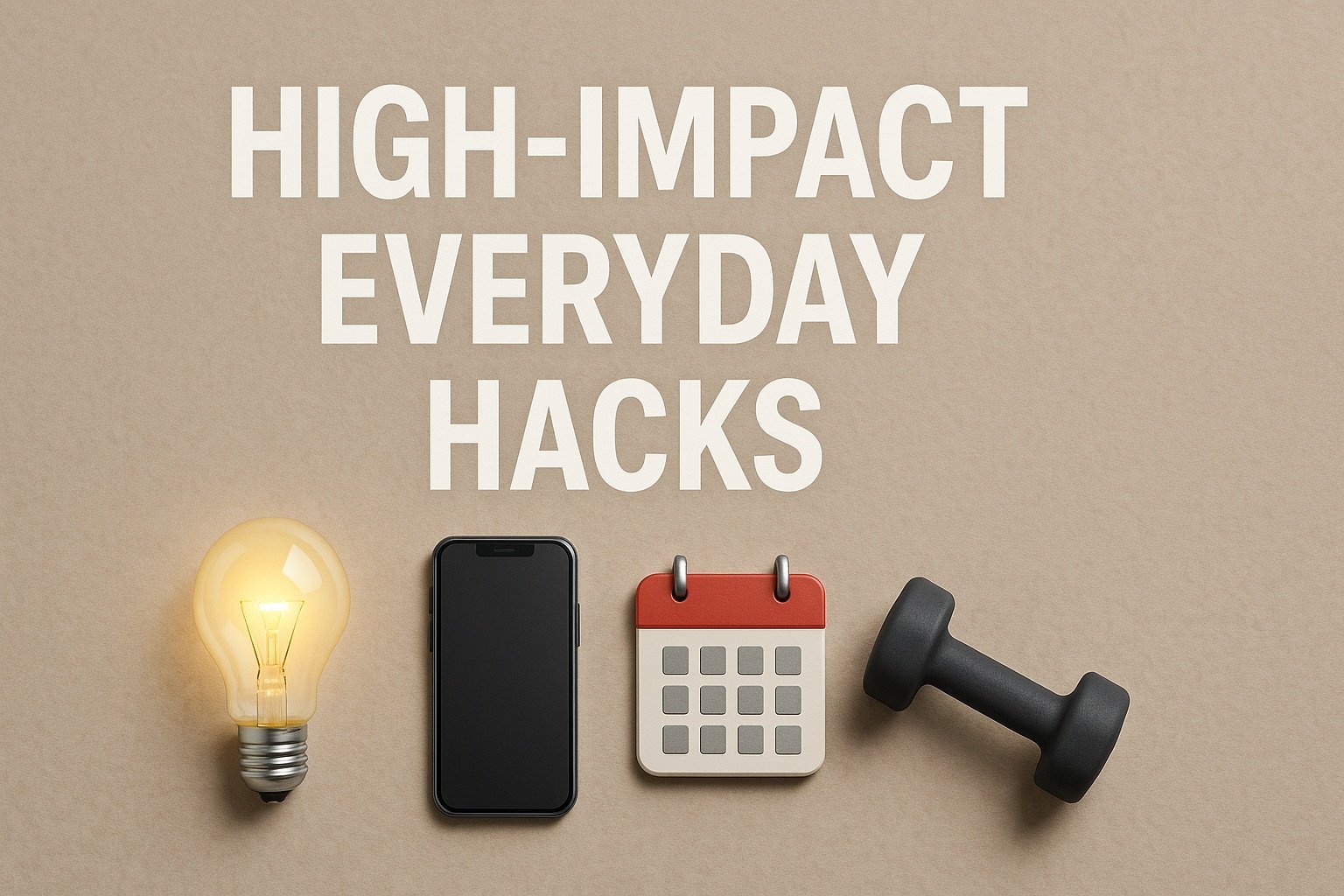
You don’t need dramatic lifestyle overhauls to see real savings; small tweaks add up fast. Here are a few effortless habits that can free up hundreds of dollars a year without cramping your style:
-
Trim your energy waste by lowering your thermostat just one or two degrees and unplugging devices when they’re not in use. Those “phantom” electricity draws quietly drive up your bill each month.
-
Become your own barista by brewing coffee at home with a reusable filter. Even sipping two cups a week instead of buying lattes can net you an extra $500 annually.
-
Ditch single-use water bottles and install a simple countertop filter. You’ll cut plastic waste and save roughly $300 per person every year.
-
Embrace do-it-yourself cleaners: a mix of vinegar, baking soda, and lemon replaces expensive sprays for most household jobs.
-
Maximise your library card; it covers not just books but also e-audiobooks, streaming movies, and even free workshops.
To give you a quick snapshot of impact, here’s a simple summary:
| Hack | Action | Estimated Annual Savings |
|---|---|---|
| Home Coffee Brewing | Use reusable filter & beans | $400 |
| Water Filtration | Install countertop filter | $300 |
| Phantom Power Reduction | Unplug idle electronics | $150 |
These everyday hacks slot seamlessly into your routine, and before you know it, you’ll be saving real money while still enjoying the comforts you love.
Mindset Shifts for Long-Term Success
Long-term financial wellness starts in your head. Instead of viewing saving as a temporary sacrifice, reframe it as a series of small, positive choices that build over time. When you shift from a mentality of “I have to give up fun” to “I’m choosing what brings real value”, sticking with smart money habits becomes second nature.

Another powerful shift is moving from perfectionism to progress. No one saves flawlessly every month, and that’s okay. What matters is consistency, not perfection. If you miss a goal one week, treat it as data, ask what got in the way and adjust. This curious, growth-orientated approach keeps you engaged and learning, rather than discouraged by minor setbacks.
Finally, embrace a long-term perspective. It can be tempting to chase quick wins like a flash sale or a one-off coupon, but sustainable savings come from habits you maintain for years. Build routines that automate positive behaviours: round up every purchase and save the difference, or review your budget on the same date each month. Over time, these tiny actions add up to significant financial freedom and the peace of mind that comes with it.
| Old Mindset | New Mindset |
|---|---|
| Saving is a painful chore | Saving is a tool for choice and freedom |
| One missed week means failure | Small course corrections keep you on track |
| Quick wins trump sustainability | Compound growth through steady habits wins over time |
| All-or-nothing approach | Progress-focused: every dollar counts |
Common Pitfalls and How to Avoid Them
Even with the best intentions, it’s easy to stumble into habits that undermine your progress. One common pitfall is setting overly rigid budgets that leave no room for flexibility. When every dollar is assigned a chore, unexpected expenses like a medical co-pay or a spontaneous family outing can throw everything off. To avoid this, build a small “flex fund” into your plan, perhaps 5 percent of your monthly income, so you can adapt without derailing your entire budget.
Another trap is relying solely on willpower for impulse purchases. We’ve all been there: you see something on sale and convince yourself you need it, only to regret the purchase later. The 24-hour rule helps, but it’s even more powerful when you automate reminders. Use a calendar alert or a budgeting app to prompt you before any non-essential spending, giving you time to reconsider and keep impulse buys in check.
Skipping regular check-ins is another mistake. If you treat your “money date” as optional, it easily slips off your schedule. Make it non-negotiable by syncing it to an existing habit, like reviewing your transactions right after your favourite weekly coffee ritual. This way, you’re less likely to skip it and more likely to catch sneaky subscriptions or creeping expenses before they add up.
Finally, don’t let perfectionism derail you. Seeing a missed goal can feel discouraging enough that you abandon your plan altogether. Remember that small wins compound: if you fall short one week, simply adjust and keep going. Tracking your progress visually using a simple chart or even a habit-tracker app can reinforce positive momentum and remind you that consistency wins over perfection every time.
| Pitfall | How to Avoid It |
|---|---|
| Overly rigid budgets | Build in a small flex fund for surprises |
| Impulse purchases | Automate 24-hour reminders before spending |
| Skipping money check-ins | Link reviews to an existing weekly habit |
| Perfectionism | Focus on consistency and track small wins |
FAQ: People Also Ask
Which everyday tweak yields the biggest savings?
One of the simplest high-impact hacks is brewing your own coffee at home. Swapping two café visits for homemade brew can save around $400 a year. Pair that with unplugging idle electronics, and cutting phantom power draws can trim another $150 annually, so small shifts quickly add up.
How do I know if an expense is worth keeping?
Use the Quick Diagnostic: list your top 10 monthly expenses, rate each from one (minimal benefit) to five (essential), and mark habitual spends. Anything low on value but high on habit, like forgotten subscriptions or daily impulse buys, is a prime candidate for trimming or cancelling.
What exactly is the 24-Hour Rule?
Before splurging on non-essentials over about $25, wait a full day. That pause lets excitement fade and helps you decide if the purchase truly adds value. Automating a calendar reminder makes it even harder to forget and more likely you’ll skip impulse buys.
How often should I check my budget and savings progress?
Schedule a brief “money date” once a month, ideally tied to a regular habit, like after your weekend coffee. Spend 10–15 minutes reviewing your transactions, celebrating any wins, and spotting subscriptions or fees that crept in. Consistent check-ins keep your plan on track without feeling like a chore.
What mindset helps me stick to saving goals long-term?
Shift from viewing saving as sacrifice to seeing it as a tool for freedom. Embrace progress over perfection; missed targets are data, not disasters, and focus on small, consistent actions that compound over months and years.
How can I avoid getting derailed by unexpected expenses?
Build a flex fund of about 5 percent of your monthly income into your budget. That buffer handles surprises (like car repairs or medical copays) so you don’t have to raid your core savings or throw off all your allocations.


